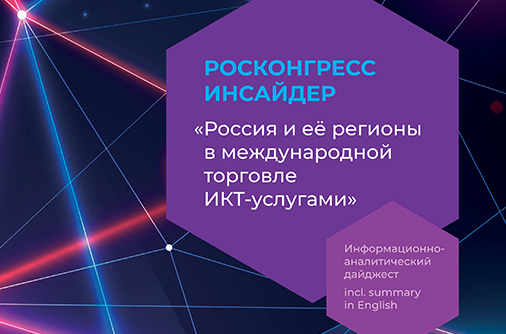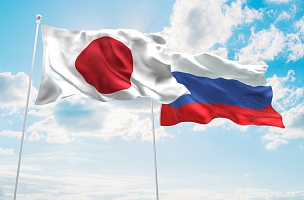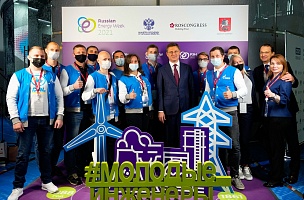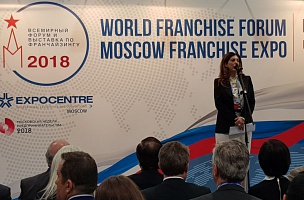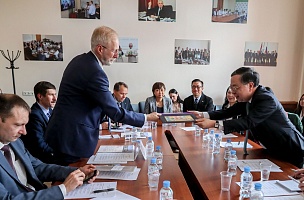In the run up to SCIENCE FEST Science and Innovation Festival, which is due be held on 24–26 July in a new online format, experts from the Roscongress Foundation and the International Trade and Integration Research Centre have compiled an analytical digest entitled ‘Russia and its regions in international IT services trade’. The findings, which form part of the Roscongress Insider series, shed light on how Russia and its regions are faring in the international IT services trade.
One of the study’s major findings is that international trade in IT services is characterized by relatively high and sustained growth.
In 2019, the size of the global IT market reached USD 3.74 trillion, driven by, among other things, the UN-backed implementation of measures to promote innovation and development in IT.
Over the past decade, multilateral measures to harness Russia’s innovative and technological potential have been adopted. In 2019, 35% of domestic software-producing companies were actively selling their products abroad. Between 2013 and 2019, Russia climbed up the rankings in the Global Innovation Index from 62nd to 46th place.
The volume of Russian IT service exports are broadly growing in line with that of global IT service exports (13.1% and 13.2% respectively) but lagging behind the average for BRICS countries (26.8%). Imports are growing much more slowly (1.9%), and according to data from the first three quarters of 2019, Russia has become a net exporter of IT services for the first time in 10 years.
The Roscongress Insider report gives a detailed insight into trends in Russia’s trade in IT services by region. The undisputed leaders in that regard are Moscow and St. Petersburg. However, there is a substantial difference between the country’s major megapolises: while exports have doubled, imports have increased ten-fold. Meanwhile, data from the first three quarters of 2019 shows that the volume of trade in IT services in Moscow fell, while in other regions of Russia those trade volumes experienced growth.
As for domestic IT service companies, the majority are seeing marked increase in exports. Russian IT developers and suppliers in various forward-looking sectors are becoming credible competitors for foreign companies.
Computer software products for the mass market account for the bulk of domestic IT service exports. Moreover, Russia supplies the foreign market with IT security systems, informational security management systems for companies, and telecommunication services.
According to the study, despite a range of limiting factors, such as insufficient funding and a lack of tax benefits for entrepreneurs involved in innovation, prospects for domestic IT service exports on the whole are fairly attractive.
In that connection, the government is known to have outlined some fairly ambitious goals, such as the Strategy to Develop Russian Export Services by 2025, stipulating that the level of foreign sales of IT services should reach 12.15 billion dollars by the intended date.
In order to meet the required growth rate, indices for innovation and growth targets for the production and export of Russian IT technology, there ought to be a particular focus on using resources more effectively and enhancing the impact of scientific, technological and innovative projects on the economy and on society.
Moreover, foreign trade will be one of the main conditions for the development of the national IT services market, given that the export of these services will help improve their competitiveness on foreign markets and stimulate demand for bundled services.
This digest is available on
the ROSCONGRESS.ORG
Information and Analytical System.


